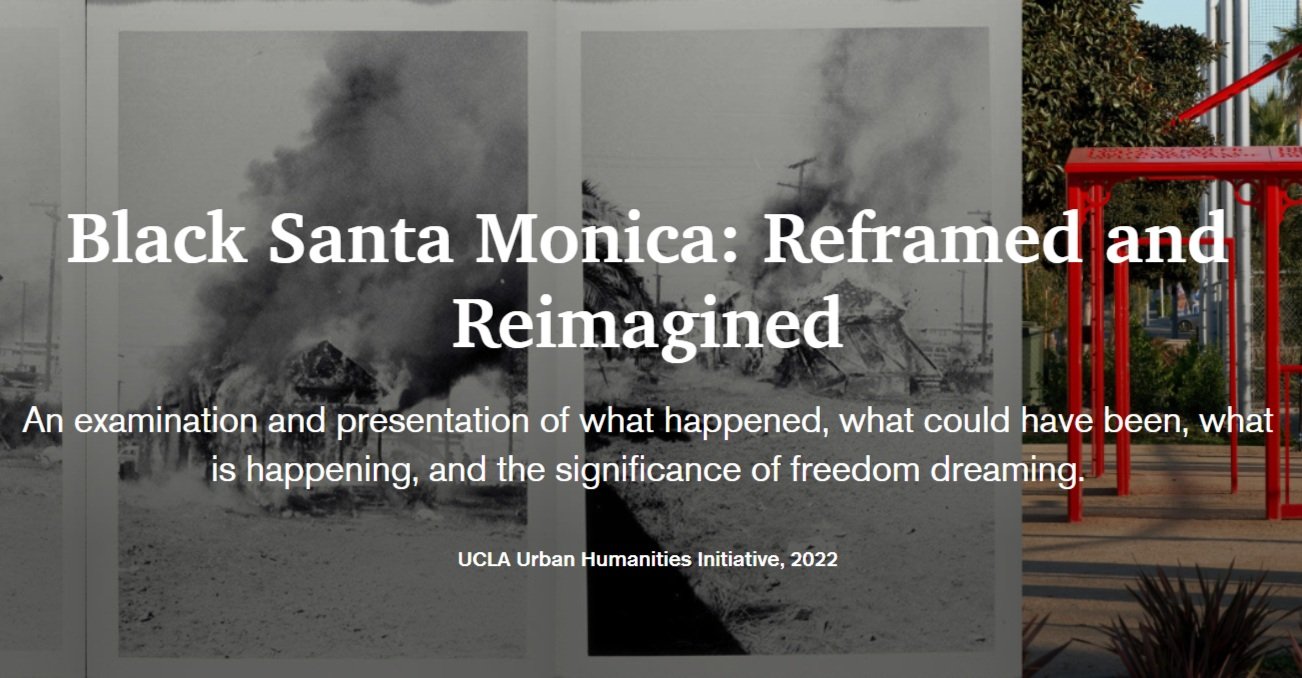Black Santa Monica: Reframed and Reimagined
Authors: Adam Lubitz and Corinne Odom
Instructed by Instructors: Dr. Dana Cuff and Dr. Todd Presner
Teaching Assistant: Katherine Taylor-Hasty
Community Partners: Dr. Alison Rose Jefferson, Robbie Jones, Susan Lamb, Kathy Lo
Collaborators: Amanda Gormsen, Danielle Hanzalik, Rocio Rivera-Murillo, Garo Susmanyan, Emma Tran
